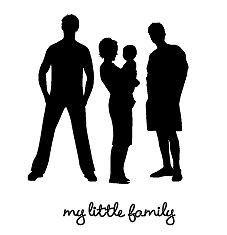St. Patrick, the patron saint of Ireland, is one of Christianity’s most recognizable figures. But for all his celebrity, his life remains something of a mystery.
It is known that St. Patrick was born in Britain to wealthy parents, either toward the end of the fourth century or the beginning of the fifth. Although his father was a Christian deacon, there is no evidence that Patrick was particularly religious. At the age of sixteen, Patrick was taken prisoner by a group of Irish raiders who were attacking his family’s estate. They transported him to Ireland where he spent six years as a slave in captivity. (There is some dispute over where this took place. Although many believe he was taken to live in Mount Slemish in County Antrim, it is more likely that he was held in County Mayo near Killala.) During this time, he worked as a shepherd, outdoors and away from people. Lonely and afraid, he turned to his religion for solace, becoming a devout Christian.
After more than six years as a prisoner, Patrick escaped. According to his writing, God’s voice spoke to him in a dream, telling him it was time to leave Ireland. To do so, Patrick walked nearly 200 miles from County Mayo to the Irish coast.
On his return to his family in Britain, Patrick reported that he experienced a second revelation—an angel in a dream told him to return to Ireland as a missionary. Soon after, Patrick began religious training, a course of study that lasted more than fifteen years. After his ordination as a priest, he was sent to Ireland with a dual mission: to minister to the few Christians already living in Ireland and to begin to convert the Irish.
Familiar with the Irish language and culture, Patrick chose to incorporate traditional ritual into his lessons of Christianity instead of attempting to eradicate native Irish beliefs. For instance, he used bonfires to celebrate Easter since the Irish were used to honoring their gods with fire. He superimposed a sun, a powerful Irish symbol, onto the Christian cross to create what is now called a Celtic cross, so that veneration of the symbol would seem more natural to the Irish, and used the three-leaved shamrock to explain the concept of the Holy Trinity. There is also the legend that he drove the snake from Ireland, although scientists are now certain that there never were snakes on the island; some scholars have argued that the snakes were symbolic of Druids.
St. Patrick’s Day, March 17th is believed to be the date of Patrick’s death, although there is some doubt, most recent evidence points to 493 AD as the year. Patrick’s spectacular success in converting Ireland from a pagan to a Christian land, as well as the body of legend that developed around his work have ensured that he is commemorated in Ireland and wherever Irish immigrants have settled throughout the world—from Boston to Singapore.














